
For Maria Rosa, for always being with me.
For Carol, for being so responsible and persevering.
For Esteve, for infecting me with his joy each day.
For my parents, for everything they have done for me.


In January 2002, one of my dreams came true when I was appointed chief commercial and marketing officer for FC Barcelona. Back then, although I already had 12 years experience working in international and fast moving consumer goods marketing, my knowledge of the football business was practically nil.
I took on a huge responsibility at a time when the club was under extreme pressure, in terms of both match results and finances, and initially I did so by applying common sense and management methods from other industries in which Id worked and also by observing the work of other pioneering clubs of the time (particularly Manchester United and Real Madrid). I searched for books about methodology and for case studies taken from European football. All I found were books written from the perspective of the major American professional leagues, which were hardly going to be of much use to me in my new office at the Camp Nou.
So, condemned to practice a completely self-taught management style, I embarked on my professional career in the dynamic world of sports management.
Why did I write this book?
More than eleven years have passed since I started at Bara, and in my current position as CEO of Prime Time Sport (the company I set up after leaving the club in mid-2007), I continue to receive queries about whether there are any good books out there about sports marketing as it applies to Europe and to football. The answer to these queries (there are no such books), the suggestions I have had from followers on social networking sites and my keenness to share over a decade of experience have driven me to take the decision to write this book.
The purpose of Show Me the Money! is also to help to create a positive and optimistic climate for the future of the unique industry that is football, in the midst of a generally fatalistic discourse on its economic situation and sustainability. So we shall be talking about revenue and growth instead of the costs, losses and debts that are suffocating many sports organisations. After many years of overspending, bad management and keeping the accounts afloat through extraordinary transactions, now is the time to grow the revenue of sport properties from their principal assets, aggressively and sustainably.
Who am I talking to?
The book (which, if it wasnt obvious by now, is 100 per cent centred on the world of football) analyses the possibilities created by sports marketing when it comes to generating revenue for a football sport property (such as a tournament, a federation, a club or an individual athlete) and it does so by using a direct, informative style. In this way, it aims to be of interest to various groups, such as:
 Students and professionals of other industries who want to work in sports marketing.
Students and professionals of other industries who want to work in sports marketing.
 Sports journalists.
Sports journalists.
 Executives in companies that have business links with sport properties.
Executives in companies that have business links with sport properties.
 People who already work in sports management and want to broaden or update their knowledge.
People who already work in sports management and want to broaden or update their knowledge.
How is this book organised?
Show Me the Money! has 14 chapters grouped into four parts. Part I unpicks the big numbers involved in the sports industry, general definitions and concepts that will be used throughout the book, and describes the important process of defining the strategy and positioning of a sports property. It is in this part that we present the sports marketers roadmap, which will serve as a compass for the book and a framework for organising all the big concepts it includes.
Part II includes the activities aimed at generating positive media exposure and capturing a critical mass of fans: key aspects that are the first step in developing revenue-generation projects, which are included in Part III, where we take a look at the main pillars of sports marketing revenue, such as use of the stadium (including a case study of Italian club Juventus), sponsorship, players image rights, television rights and the management of licensed products (merchandise).
Part IV focuses on aspects relating to how contracts are agreed and implemented, with an emphasis on the capital importance of developing a customer service mentality that is often notable for its absence in sports properties. This final part also has a chapter devoted to sponsorship, which includes case studies of Audi, Nike, Coca-Cola and Mahou.
Finally, the very last chapter looks at the team and the sales techniques and skills needed to aspire to success in the world of sports marketing, as well as the information one must gather when starting a new project as a manager of a sports organisation.
Show Me the Money! does not set out to preach a doctrine on how things have to be done, nor to be a biography about my professional experience at FC Barcelona (although for those interested in a behind-the-scenes look at the club there is lots to learn). It does aim to provide the sports marketer (the name we give to the commercial and marketing manager of a sports property) with a simple method for organising ideas and actions relating to revenue generation. In the Show me the tactics section at the end of each chapter and in the Coachs notebook boxes, I provide to-do lists for each activity and a set of practical tips based both on my own experiences and on other real-life examples.
I shall end this introduction by referring to the reasons that led me to choose the title of this book. The people who have worked with me throughout my career know that I wholeheartedly identify with the Show Me the Money! philosophy inspired by the famous quote from the film Jerry Maguire. Because the ultimate purpose is, of course, to seek out and obtain continuous revenue for our sports property. So, lets get down to work, sports marketer. The money is waiting. Show me the money, theres no time to lose.


Sport is too much of a game to be a business and too much of a business to be a game.
This statement, taken from the book Principles and Practice of Sport Management (Masteralexis, Barr and Hums), sums up the peculiar business of sport perfectly. The interest that sport generates in fans all over the world has made it into a huge business. And because it is a game and a form of entertainment, it creates extra emotional pressure for the people who are meant to take the decisions in this business.
Next page
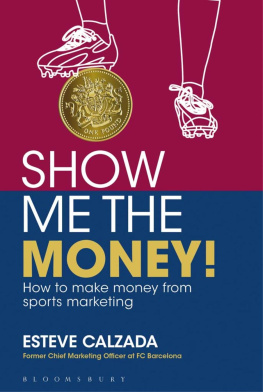

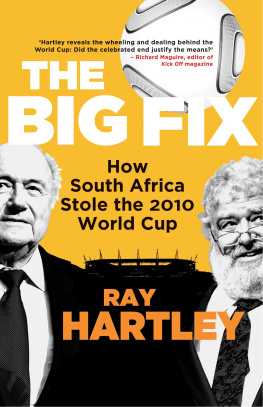



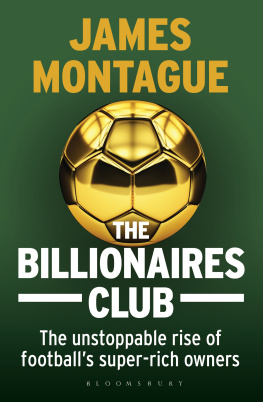


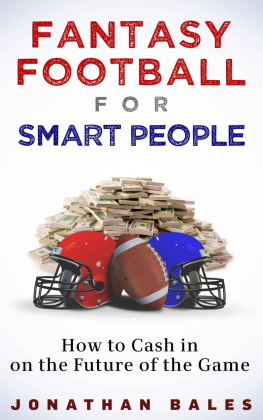
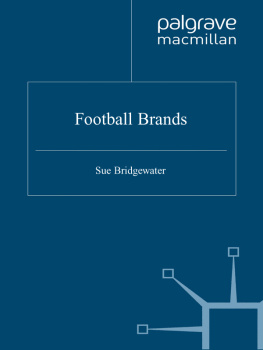


 Students and professionals of other industries who want to work in sports marketing.
Students and professionals of other industries who want to work in sports marketing.